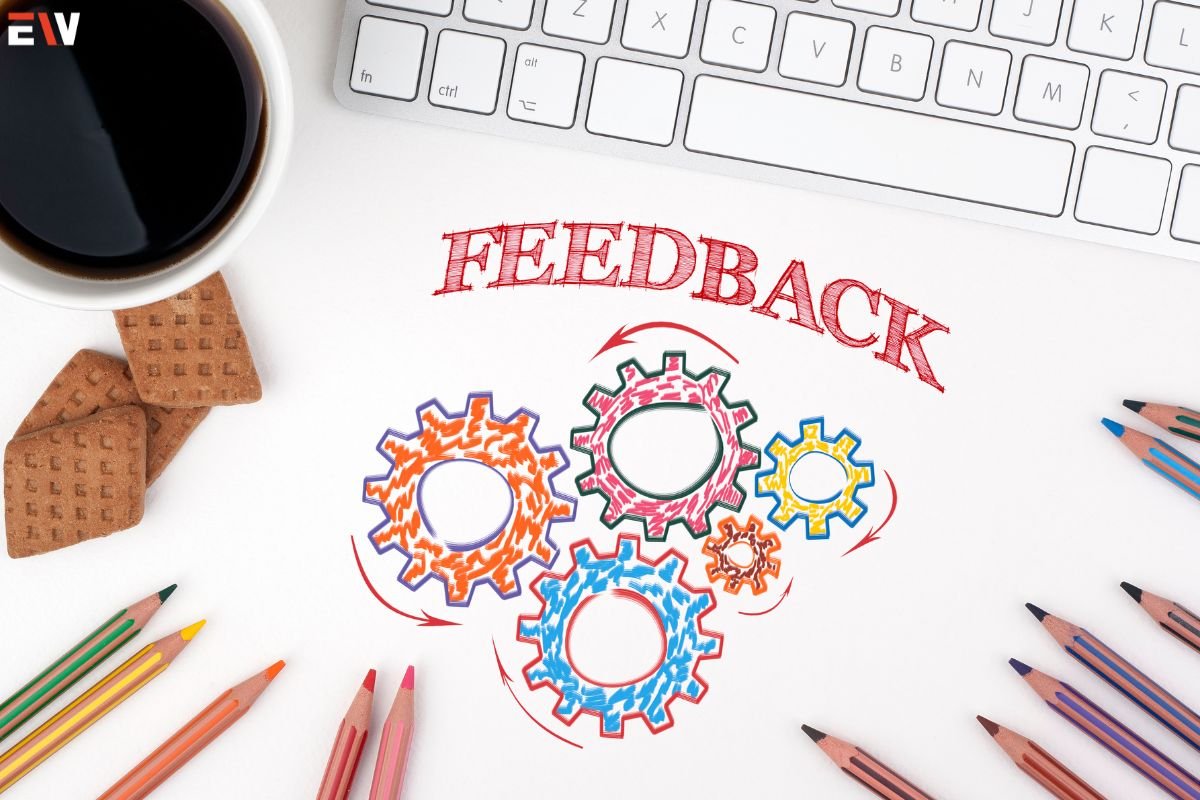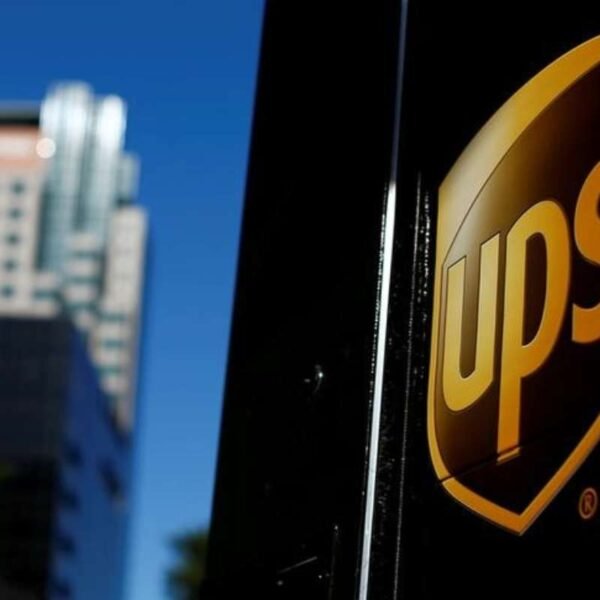Supplier relationship management (SRM) is a strategic approach that focuses on building and maintaining strong, mutually beneficial relationships with key suppliers to drive value, innovation, and competitive advantage. In this guide, we’ll explore the significance of supplier relationship management, discuss key principles and best practices, and highlight strategies for optimizing supplier partnerships to achieve business success and sustainability.
Understanding Supplier Relationship Management (SRM)
Supplier relationship management (SRM) encompasses the processes, practices, and strategies organizations use to effectively manage their relationships with suppliers throughout the procurement lifecycle. SRM goes beyond transactional interactions to foster collaborative partnerships aimed at achieving shared goals, driving continuous improvement, and mitigating risks in the supply chain.
Key Principles of SRM
1. Collaboration and Partnership:
SRM emphasizes collaboration and partnership between buyers and suppliers based on trust, transparency, and shared objectives. It involves aligning interests, sharing information, and jointly addressing challenges to achieve mutual success.
2. Strategic Alignment:
SRM aligns supplier relationships with organizational goals, priorities, and values, ensuring that supplier activities and initiatives support broader business objectives, such as cost reduction, innovation, quality improvement, and sustainability.
3. Performance Measurement and Accountability:

SRM involves establishing key performance indicators (KPIs), metrics, and benchmarks to assess supplier performance, monitor service levels, and track progress toward predefined targets. It holds suppliers accountable for meeting contractual obligations and delivering value-added services.
4. Continuous Improvement:
SRM fosters a culture of continuous improvement by encouraging feedback, sharing best practices, and implementing process enhancements collaboratively with suppliers. It involves identifying areas for optimization, innovation, and cost savings to drive efficiency and effectiveness in the supply chain.
Best Practices for Supplier Relationship Management
1. Supplier Segmentation:
Segment suppliers based on factors such as strategic importance, spend volume, risk profile, and performance history to tailor relationship management strategies and allocate resources effectively.
2. Clear Communication:
Establish open, transparent communication channels with suppliers to facilitate information sharing, address issues promptly, and build rapport. Regular meetings, performance reviews, and joint planning sessions can enhance collaboration and alignment.
3. Relationship Building:
Invest in building strong relationships with key suppliers by understanding their business priorities, engaging with their leadership teams, and fostering a culture of partnership and mutual respect.
4. Contract Management:
Develop clear, comprehensive contracts that outline expectations, deliverables, service levels, and performance metrics to mitigate risks, avoid disputes, and ensure compliance with regulatory requirements.
5. Risk Management:
Proactively identify, assess, and mitigate risks in the supply chain by diversifying the supplier base, conducting due diligence, and implementing contingency plans to minimize disruptions and protect business continuity.
6. Data-driven Insights:
Utilize data analytics and technology tools to gain insights into supplier performance, market trends, and supply chain risks. By leveraging data-driven decision-making, organizations can identify opportunities for optimization, anticipate potential challenges, and proactively manage supplier relationships for better outcomes.
7. Continuous Feedback Mechanisms:

Establish mechanisms for soliciting feedback from both buyers and suppliers on their experiences, satisfaction levels, and areas for improvement. Regular feedback loops enable organizations to address issues promptly, make course corrections, and strengthen relationships based on mutual understanding and responsiveness.
8. Flexibility and Adaptability:
Maintain flexibility and adaptability in supplier relationships to respond effectively to changing business needs, market dynamics, and external disruptions. This may involve renegotiating contracts, revising agreements, or adjusting collaboration models to accommodate evolving circumstances and priorities.
9. Sustainability and Social Responsibility:
Integrate sustainability and social responsibility considerations into supplier relationship management practices by evaluating suppliers’ environmental, social, and ethical performance. Partnering with suppliers who demonstrate commitment to sustainability can enhance brand reputation, mitigate reputational risks, and contribute to broader corporate social responsibility goals.
10. Conflict Resolution Mechanisms:
Establish clear processes and protocols for resolving conflicts, disputes, and disagreements that may arise in supplier relationships. Having effective conflict resolution mechanisms in place promotes constructive dialogue, preserves relationships, and prevents escalation of conflicts that could disrupt supply chain operations.
11. Supplier Diversity and Inclusion:
Promote supplier diversity and inclusion by actively seeking out suppliers from diverse backgrounds, including minority-owned, women-owned, and veteran-owned businesses. Embracing diversity in the supplier base not only fosters innovation and competitiveness but also contributes to economic empowerment and social equity.
12. Continuous Learning and Improvement:
Foster a culture of continuous learning and improvement within the organization and among supplier partners by sharing best practices, lessons learned, and success stories. Encourage knowledge exchange, collaboration, and innovation to drive collective growth and excellence in supplier relationship management.
Strategies for Optimizing Supplier Partnerships
1. Supplier Development:

Invest in supplier development initiatives, such as training programs, technology upgrades, and process improvements, to enhance suppliers’ capabilities, quality standards, and competitiveness.
2. Innovation Collaboration:
Encourage innovation and co-creation with key suppliers by soliciting their input, involving them in product development processes, and exploring opportunities for joint research and development projects.
3. Performance Recognition:
Recognize and reward high-performing suppliers for their contributions to business success through incentives, awards, and public acknowledgments, fostering a culture of excellence and partnership.
4. Long-Term Relationship Building:
Foster long-term relationships with strategic suppliers by demonstrating commitment, loyalty, and investment in their success, which can lead to preferential treatment, enhanced collaboration, and greater value generation over time.
Summing Up
Supplier relationship management is a strategic imperative for organizations seeking to optimize their supply chain performance, drive innovation, and gain competitive advantage in the marketplace. By prioritizing collaboration, strategic alignment, performance measurement, and continuous improvement, companies can cultivate strong, mutually beneficial partnerships with key suppliers that deliver value, resilience, and sustainability across the supply chain.
By embracing best practices and strategies for optimizing supplier relationships, organizations can unlock new opportunities, mitigate risks, and achieve their business objectives effectively in today’s dynamic and interconnected business environment.










